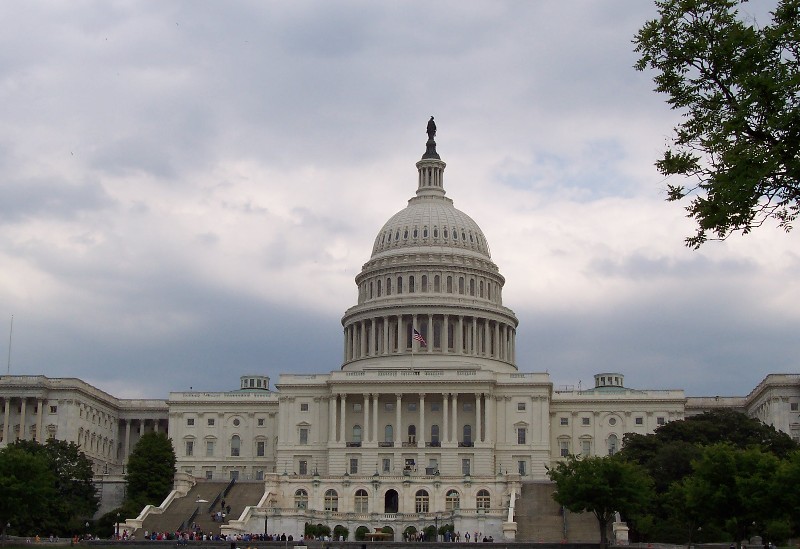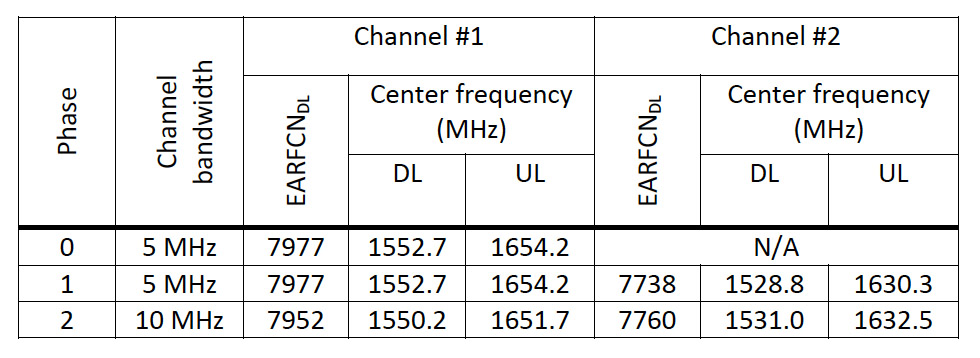Senate lawmakers have introduced a bi-partisan bill giving the Department of Transportation (DoT) responsibility for launching a GPS timing backup and a two-year deadline to get it up and running.
Sponsored by Senators Ted Cruz, R-Texas, and Ed Markey, D-Massachusetts, the National Timing Resilience and Security Act of 2017 (S 2220) would put a stop to interagency maneuvering over which organization is stuck with developing, managing and, most importantly, paying for the new system.
The bill has been assigned to the U.S. Senate Committee on Commerce, Science, and Transportation of which both Markey and Cruz are members. Cruz has taken an interest in securing a backup, questioning Diana Furchtgott-Roth about it during the November 1 hearing on her nomination to be assistant secretary for research and technology at the DoT — a key position for position, navigation and timing (PNT) policy. Furchtgott-Roth told Cruz she would work with him on a GPS backup and on a possible public-private partnership to fund its development. Such a partnership, which has long been proposed, could help limit the financial commitment of the government and is clearly allowed by the legislation. That’s a plus given that the bill is also clear that its mandates are "subject to the availability of appropriations."
The measure also mandates that the DoT come back to Congress with an implementation plan in 180 days and then gives the agency another 18 months to get the system up and running. Interestingly, DoT is to "provide for the establishment, sustainment and operations" of such a system — not explicitly build it. That leaves room for the public-private partnership but also development by another agency like the Department of Homeland Security (DHS). DHS currently has a mandate to develop a backup but has been considerably less than enthusiastic in years past about pursuing such a project. The language does leave somewhat unclear who is responsible for the actual building of a backup, suggested PNT expert Mitch Narins of Maryland-based Strategic Synergies.
"This used to be easy, but not in many decades because of muddled missions," said Narins.
While eLoran, a modern update of the old Loran navigation system, has been the leading backup candidate for years, the bill does not explicitly say that the backup should be eLoran. Just like eLoran, however, it is supposed to be a wireless, terrestrial system with a 100 kilohertz (KHz) signal that covers a wide area.
"That’s certainly the frequency that is set aside for eLoran and there is some mention in the bill, as I recall, that (what) was previously used for Loran should be leveraged to whatever extent possible to make this more efficient," said Dana Goward, president of the Resilient Navigation and Timing Foundation. ELoran, he pointed out, has been the solution studied and recommended repeatedly by several bodies and agencies including the DoT, DHS and Defense.
"I’m sure that the reason that (the bill) focuses on eLoran is because three administrations now have gone 13 years saying that they will do this and saying that eLoran is the answer and saying that they will establish a system — but they haven’t been able to do it," Goward told Inside GNSS. "So just telling the administration to do something, I’m sure, was seen as not helpful because the (executive branch) has already admitted multiple times it has to do something — and administrations have said multiple times what needs to be done — it just hasn’t happened. So I think that’s why the Congress is being fairly specific."
Getting the bill passed any time soon, however, seems optimistic. Congress has a must-finish list that includes funding the government, raising the debt ceiling, dealing with the now-at-risk young immigrants who had been protected under the Deferred Action for Childhood Arrivals (DACA) law and finding money for the recovery efforts for hurricane and wildfire victims.
On the other hand, the crush of must-pass legislation often puts key bills on a quicker road to passage — along with any amendments. Markey said in a press release about the bill that he planned to try to add the legislation’s language to the Coast Guard Reauthorization Act.
The Coast Guard could likely welcome the measure, as it would permit the transfer of the current Loran sites, along with the responsibility for site maintenance and potentially eventual cleanup, to someone else.
"I don’t think that there will be any objection from the Coast Guard to transfer those properties over," said Narins. The Coast Guard has been clear that it does not want to be in the radio navigation business and does not want to have to dedicate staff to checking on the sites to be sure they are safe, he said. "So I think the Coast Guard will be more than happy to turn those sites over to the Department of Transportation. "
The bill does instruct the DoT to make its backup system capable of being expanded into a full backup for navigation and positioning as well — which suggests that the transfer could ultimately include not just the handful of sites needed for a timing system but the full inventory of old, carefully selected Loran sites.
"The Loran sites were chosen explicitly for their location as well as ground connectivity and everything else," explained Narins. Those sites are still in the government inventory but will need a lot of work to be made operational.
"With the exception of eight sites in CONUS (the contiguous United States) all of the other Loran towers have been torn down. So you’re going to start with the towers that are still there — probably four of the eight, which is what the plan was. But if they want to, as it says in the bill later, to expand to provide navigation as well they’re going to have to restore towers in geometries so that you can actually get navigation," Narins concluded.






